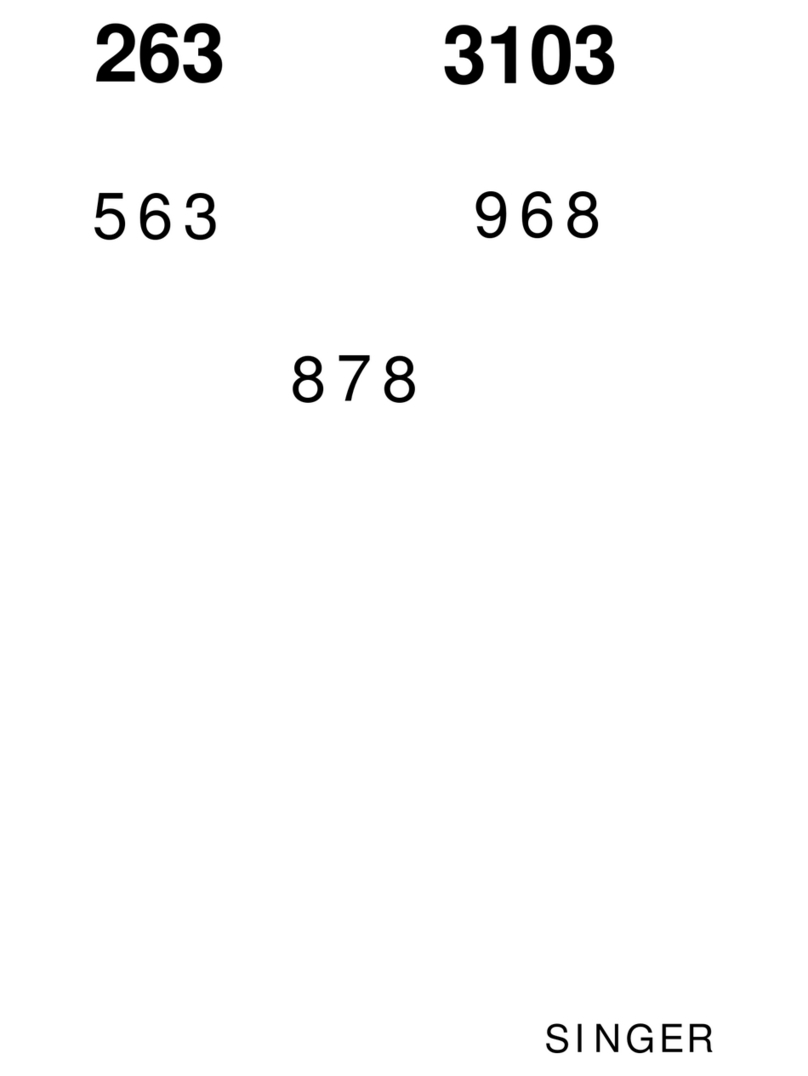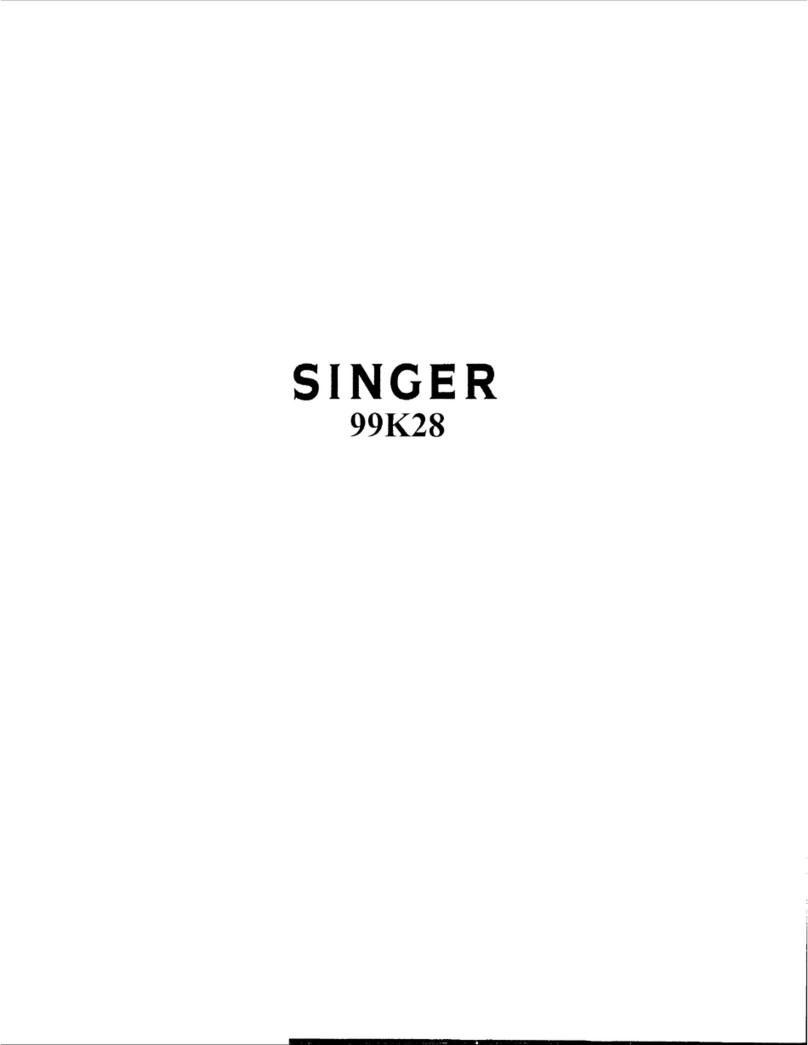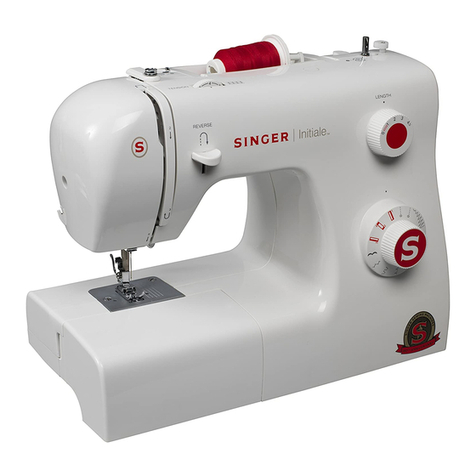Singer 211G165 User manual
Other Singer Sewing Machine manuals
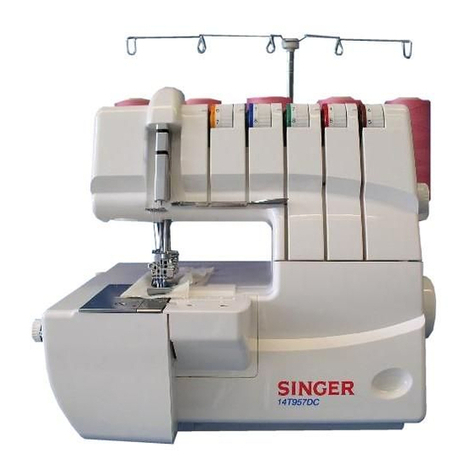
Singer
Singer Quantumlock 14T957DC User manual
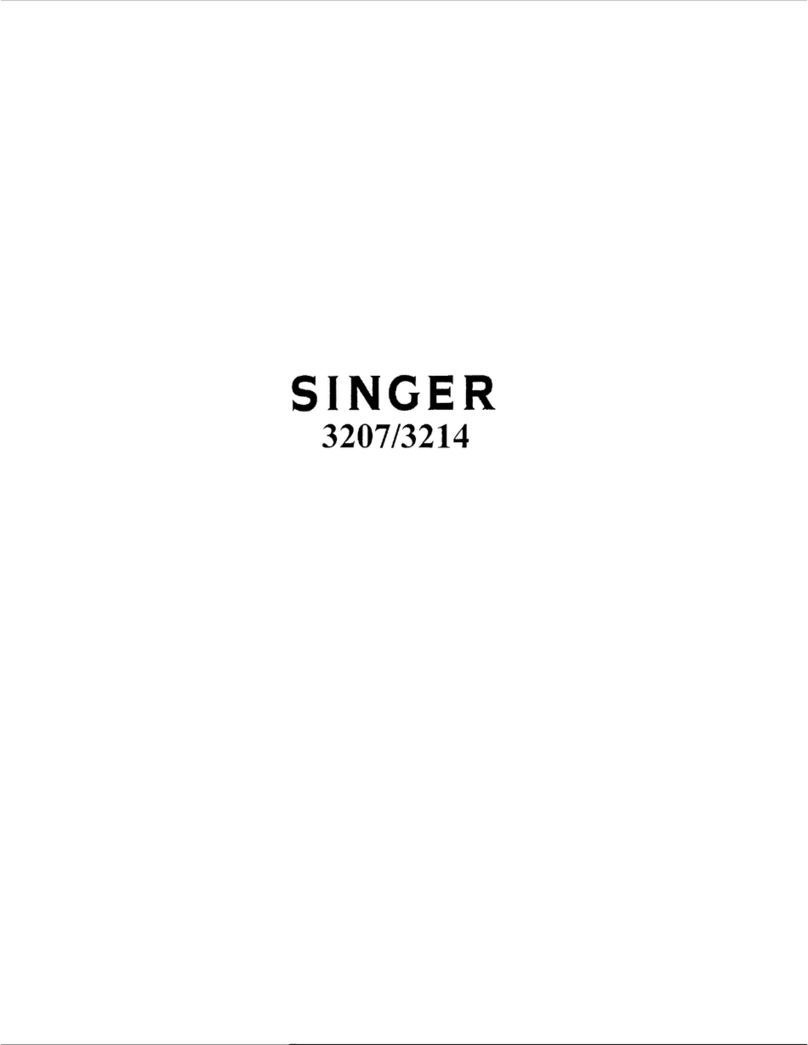
Singer
Singer 3207 Installer manual

Singer
Singer Futura 200 User manual
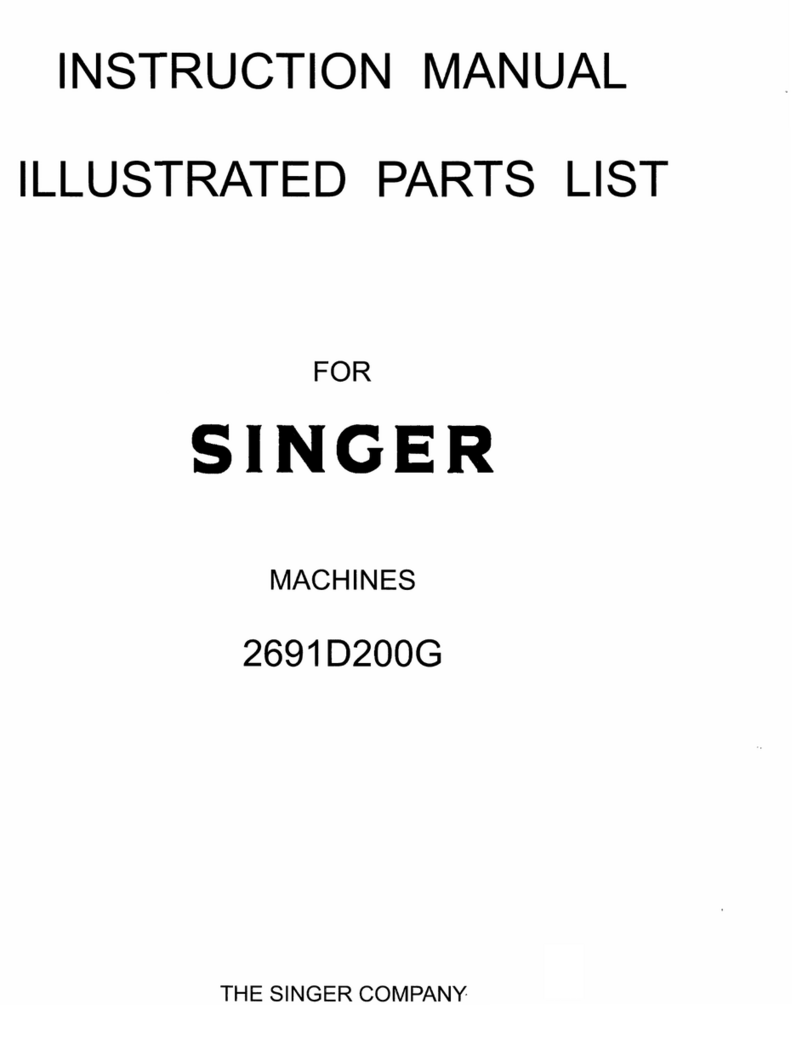
Singer
Singer 2691D200G Setup guide
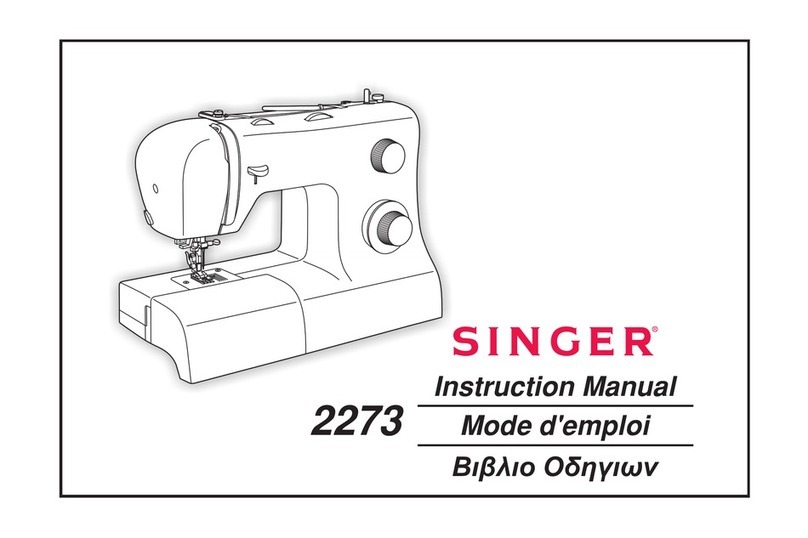
Singer
Singer 2273 User manual
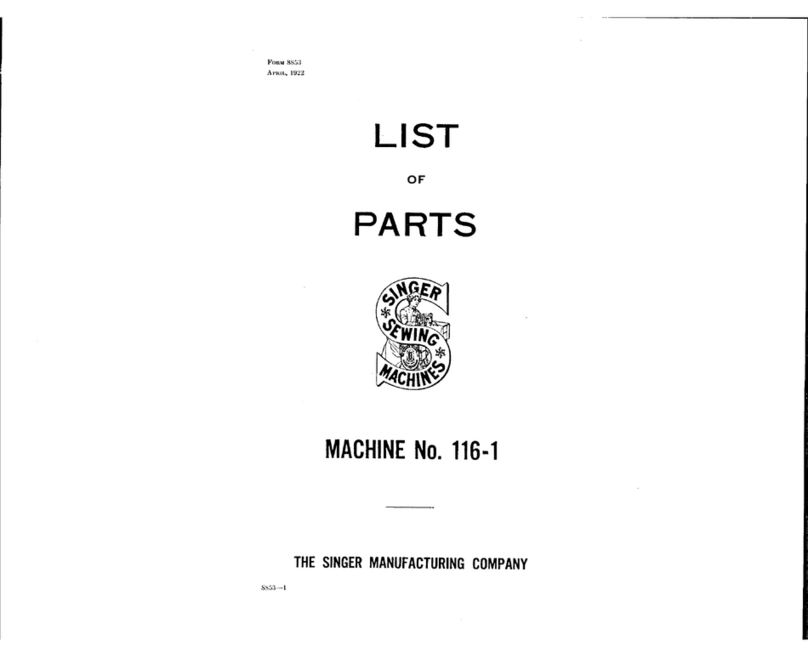
Singer
Singer 116-1 User manual
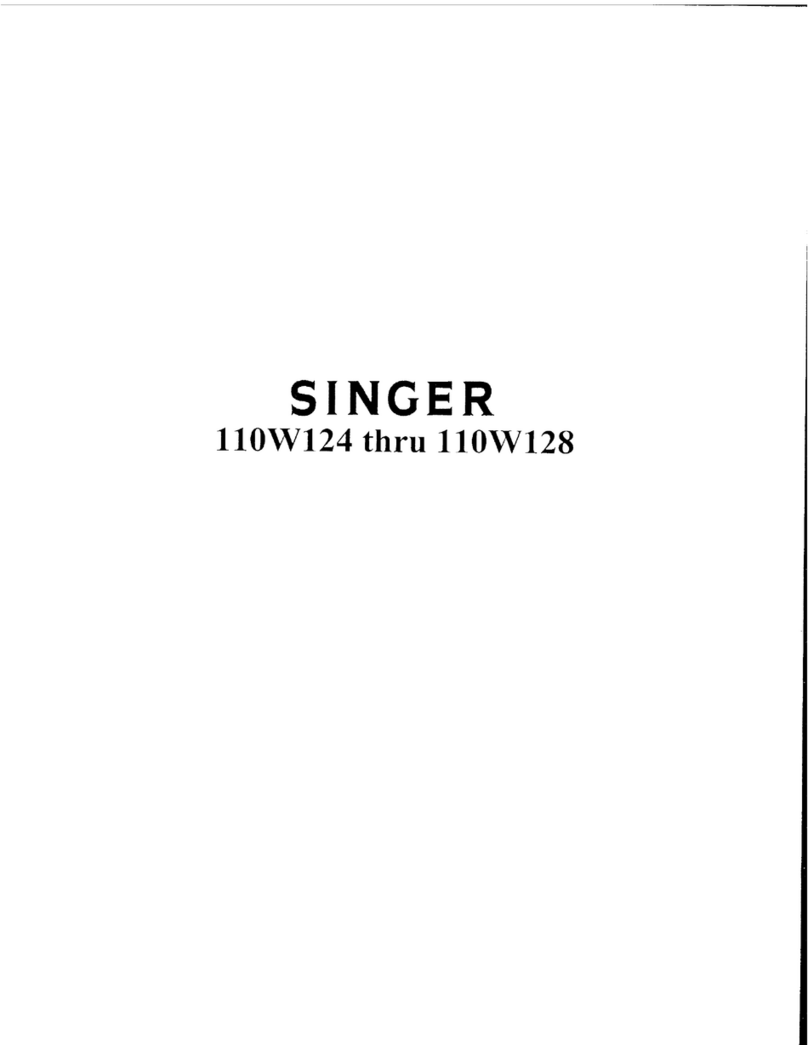
Singer
Singer 110W124 Quick start guide
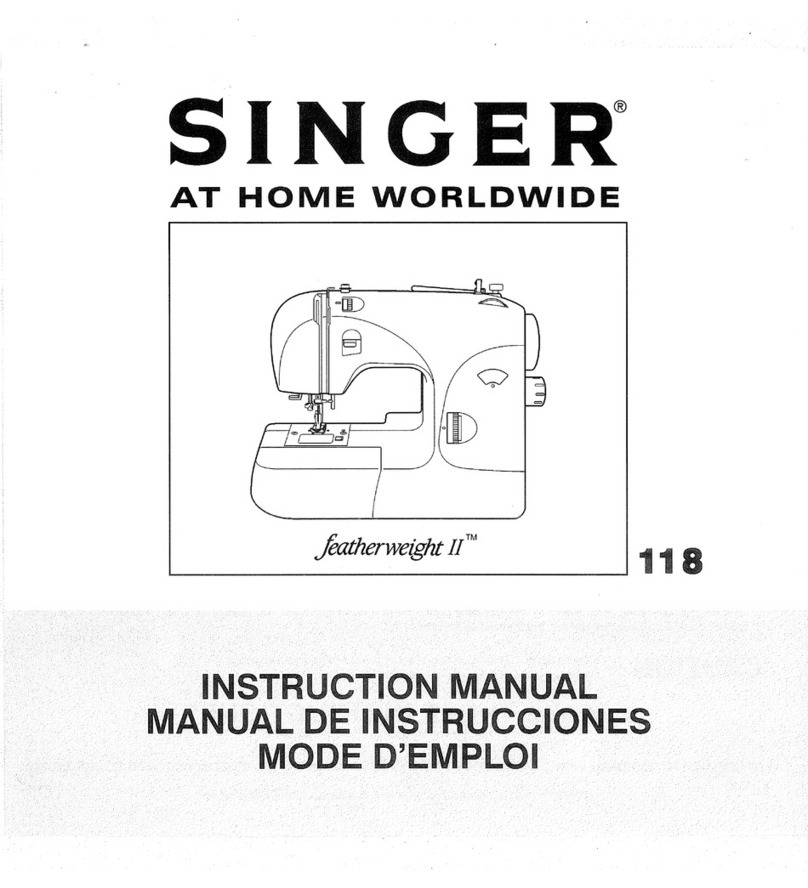
Singer
Singer FEATHERWEIGHT II 118 User manual

Singer
Singer 327 User manual
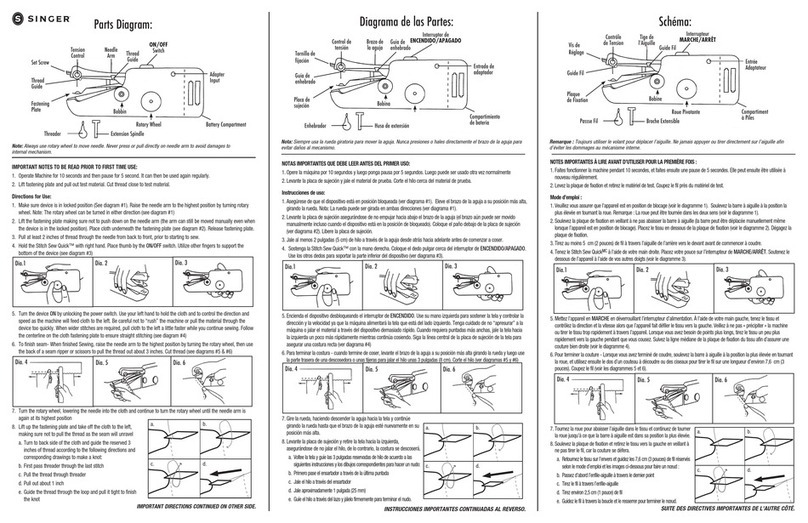
Singer
Singer Sew Quick 01663 User manual

Singer
Singer 270 Series User manual

Singer
Singer 14T968DC Professional 5 User manual
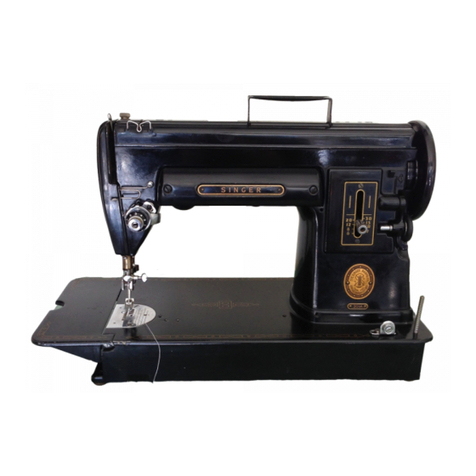
Singer
Singer 301 User manual

Singer
Singer 246K46 User manual
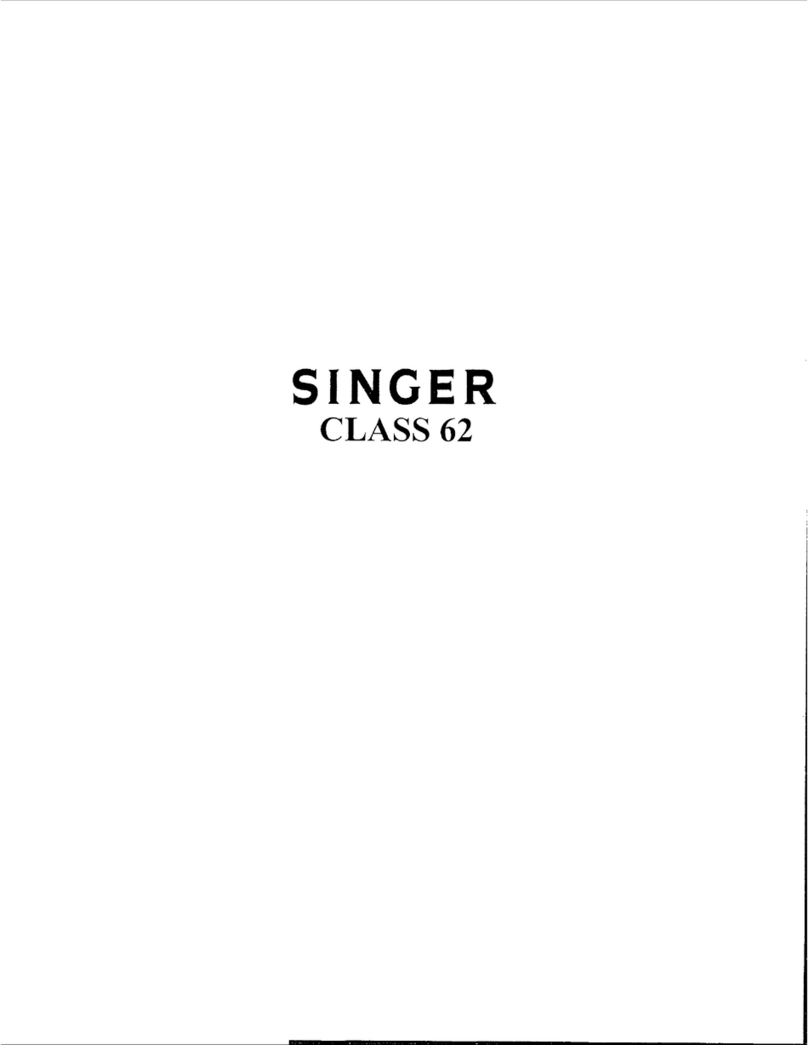
Singer
Singer 6-2 User manual
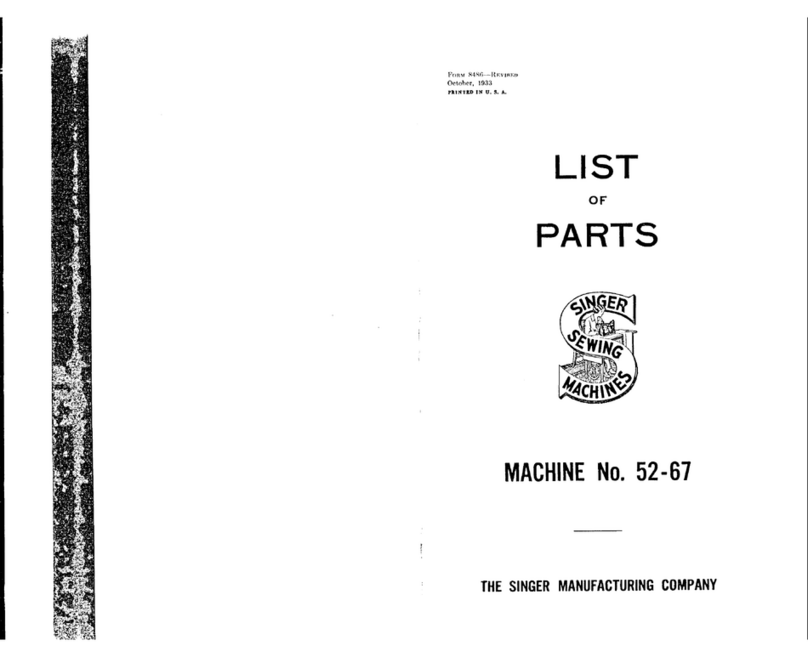
Singer
Singer 52-67 User manual
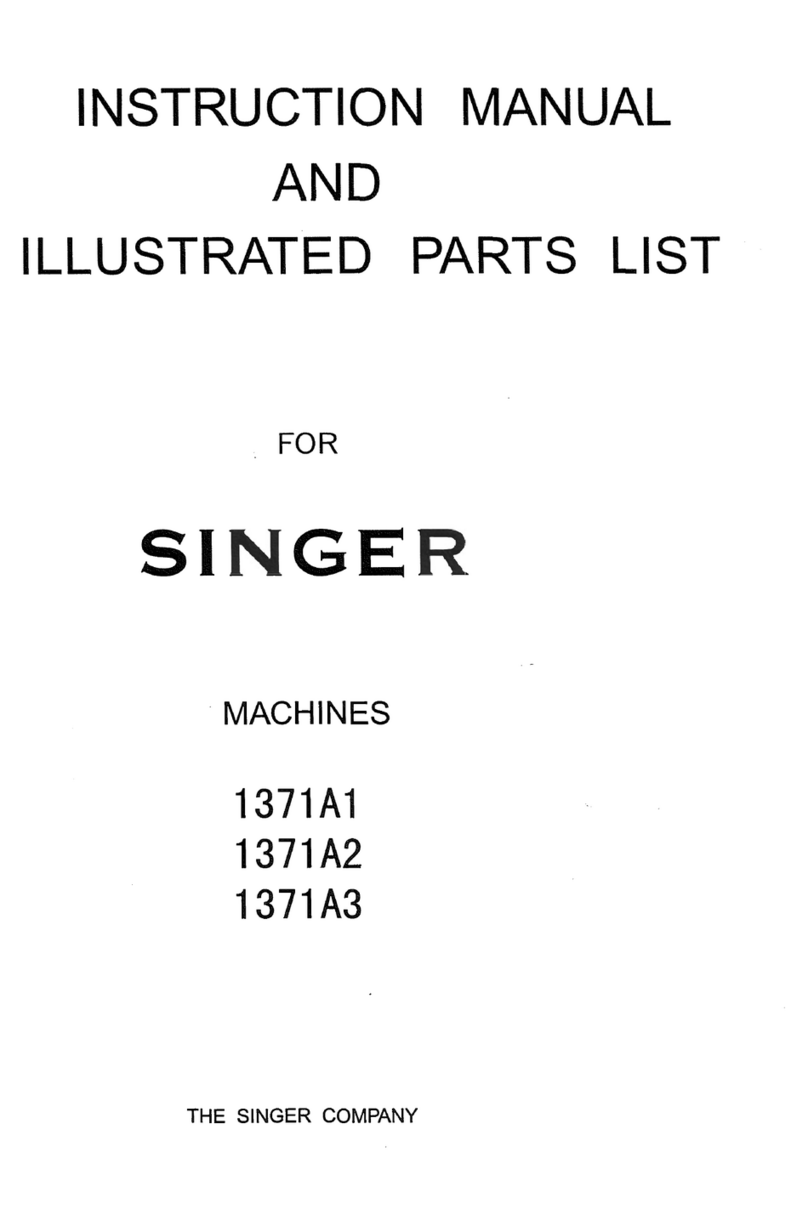
Singer
Singer 1371A1 Setup guide
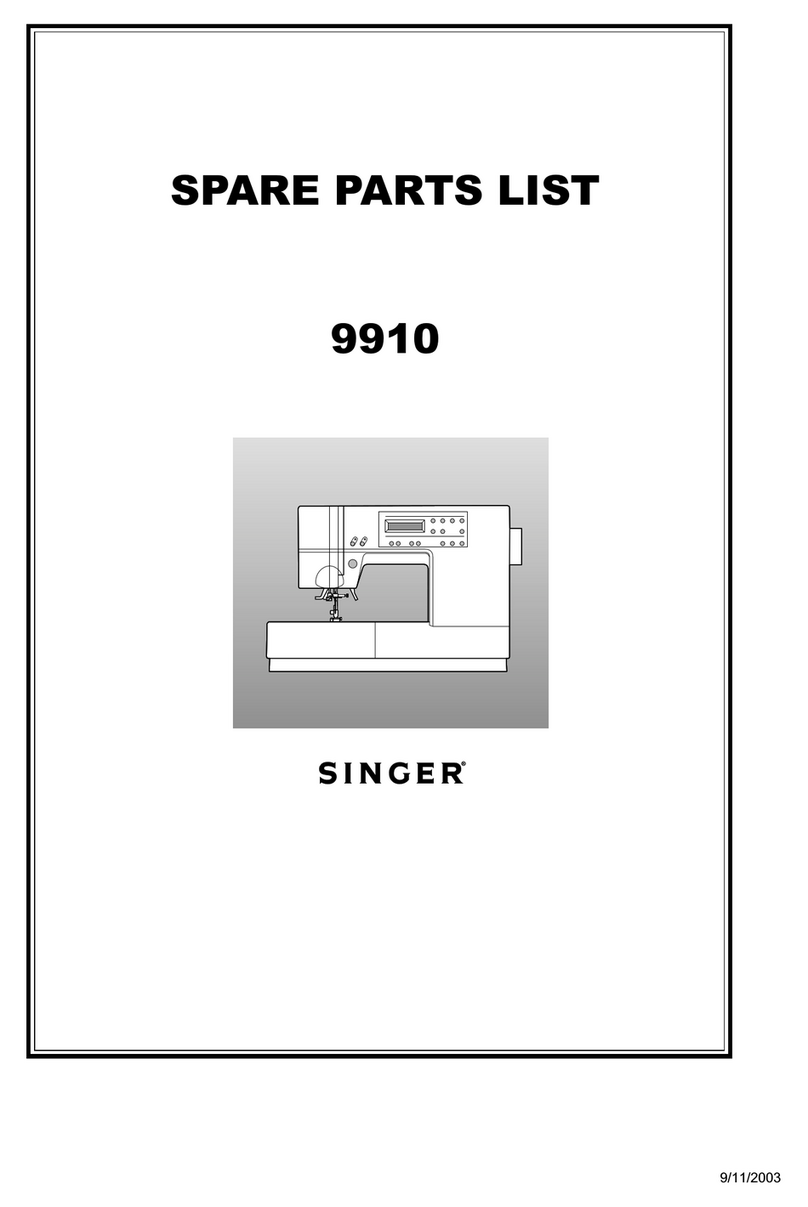
Singer
Singer QUANTUM 9910 Guide
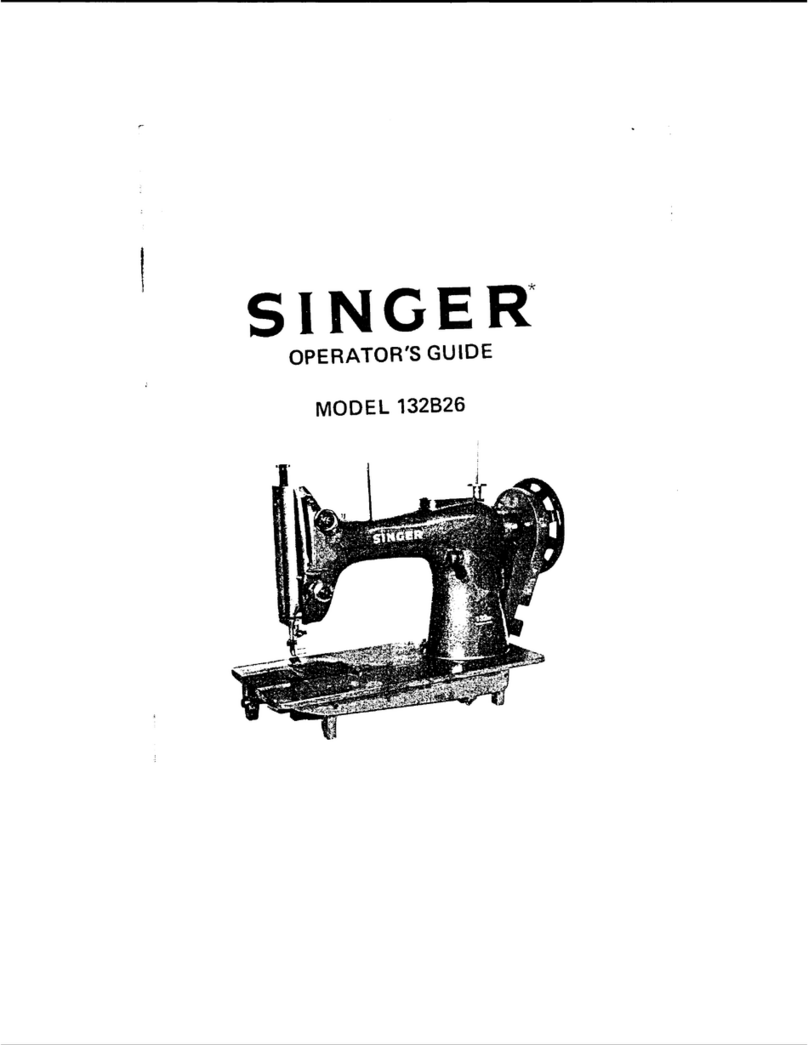
Singer
Singer 132B26 Manual
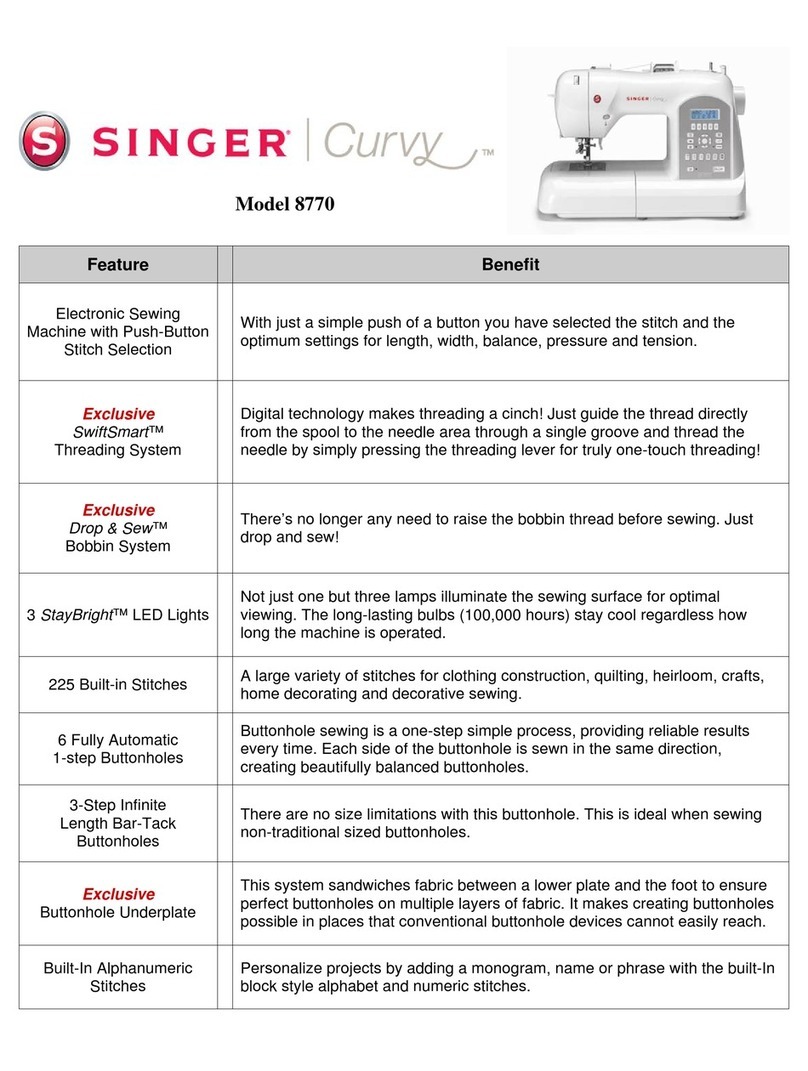
Singer
Singer 8770 CURVY Owner's manual

